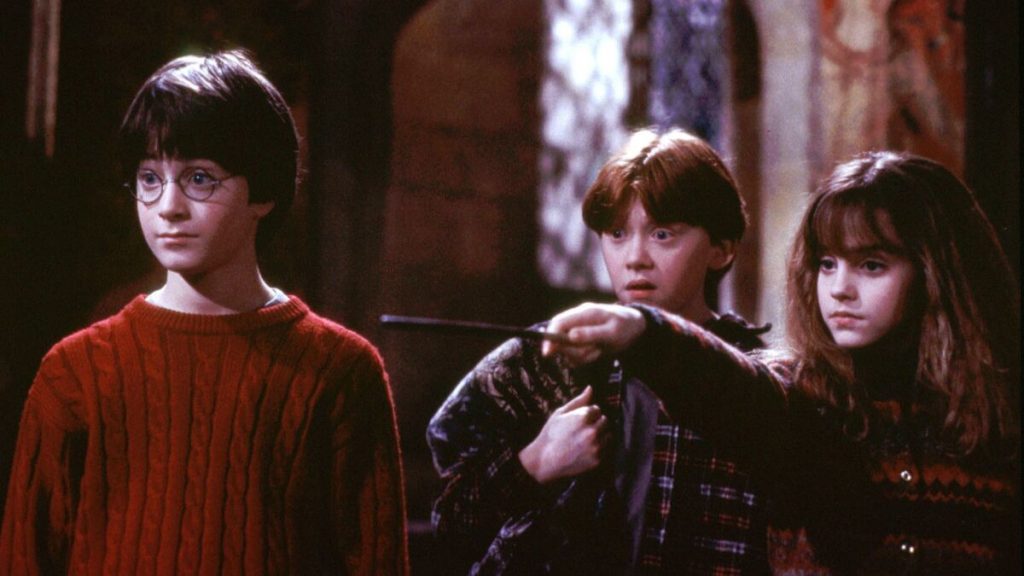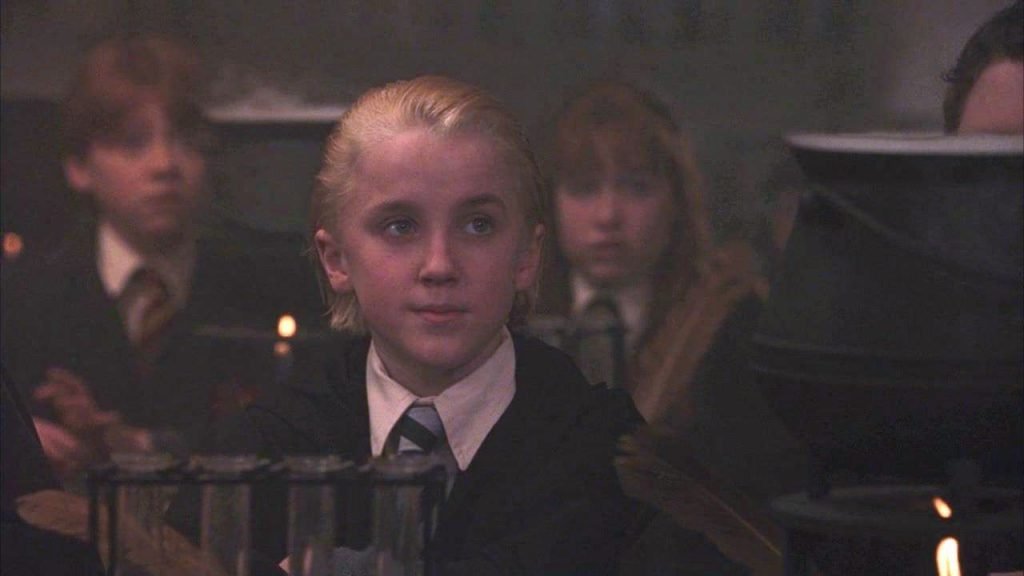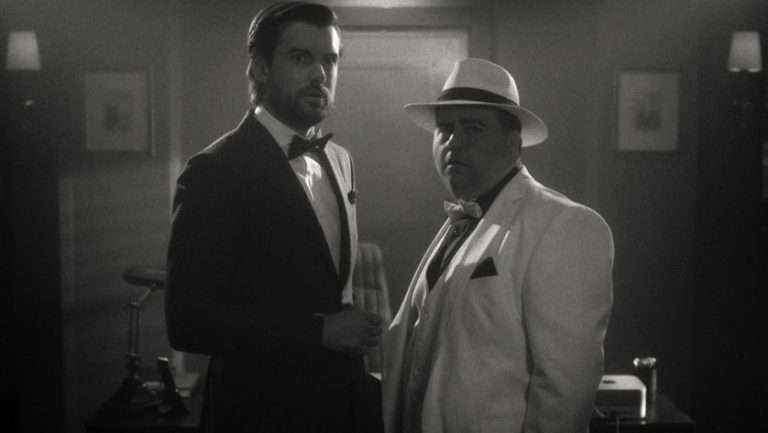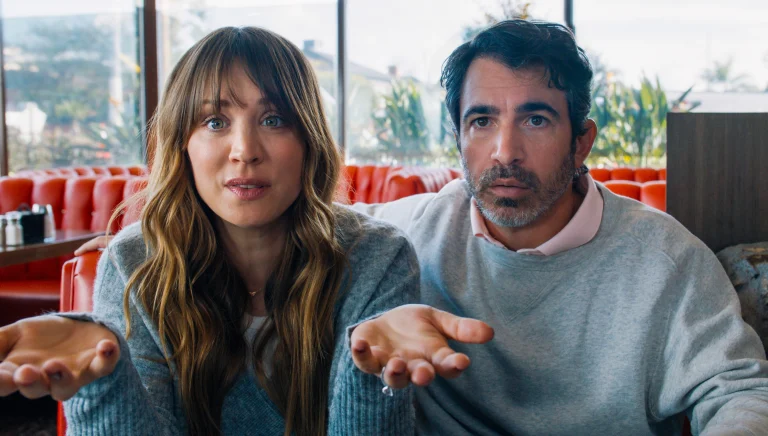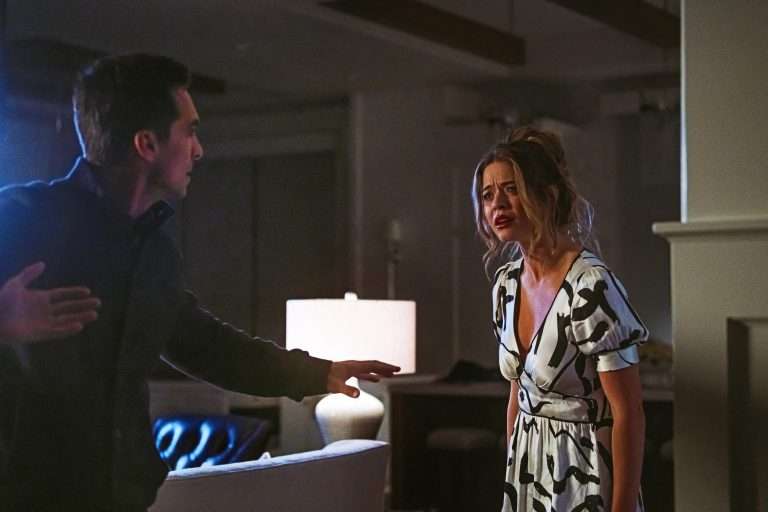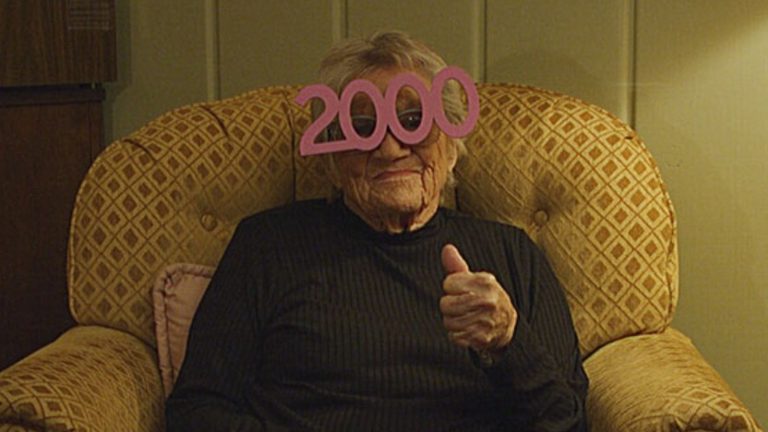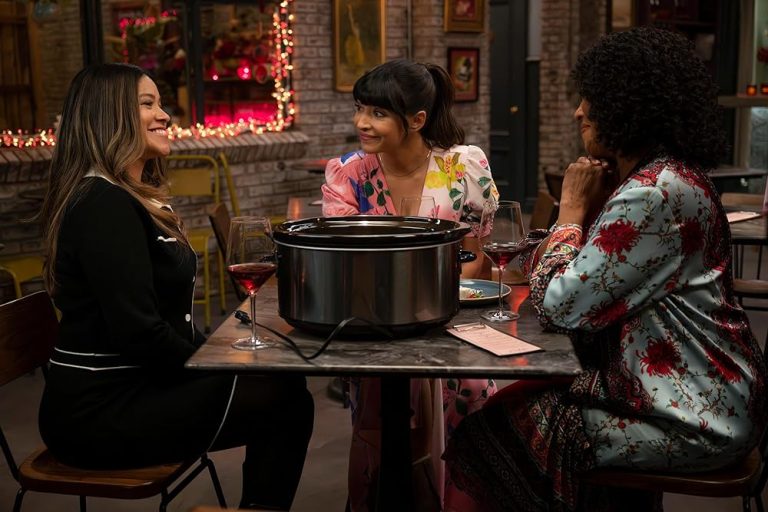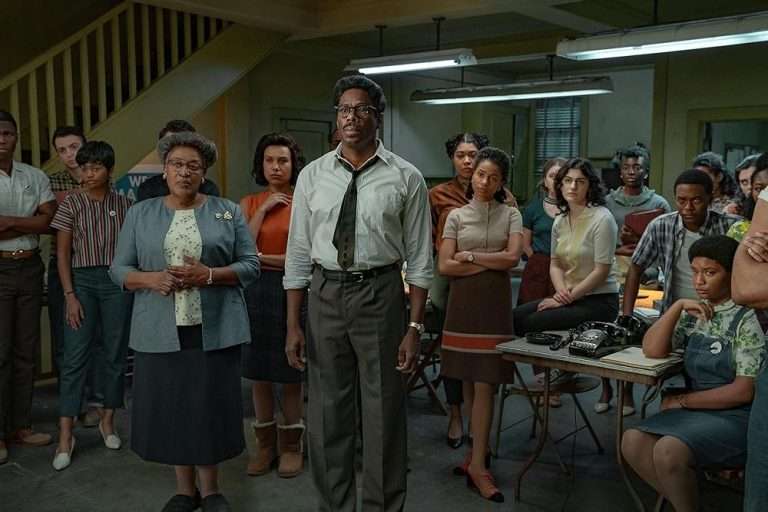20 Years Of Harry Potter and The Sorcerer’s Stone: What Made The Wizarding World So Enchanting
According to literary theorists, children’s literature is about discovering that there’s a world beyond you and through that discovery, figuring out where its limitations are. Young adult literature, on the other hand, is about what happens when one transgresses those limits. Harry Potter remains a cultural phenomenon, because of how well it understands that; the stories are filled with magical metaphors for adolescent struggles. There’s both a sense of longing and belonging in the story. After the publication of its first book, Potter mania hit the UK and the US in 1999. Soon, the books became so famous worldwide that a movie adaption seemed inevitable. Today as everyone celebrates the 20th anniversary of the film that started it all, it’s fascinating to realize how the Harry Potter franchise has become one of the biggest franchises of all time.
The first two Potter films (The Sorcerer’s Stone and The Chamber of Secrets) are movies that I’ve watched the most number of times. Those images with the warm splashes of color are burned into my brain to such an extent that I still remember each dialogue, each musical cue of the films. A decade has passed since I watched the final film on-screen in 2011 when I was about the same age Harry was when it had all started for him. I wish I could exactly remember the visuals of it all. Yet I remember the feeling. The feeling of realizing, even as a young kid, that it was the end of an era.
Related to Sorcerer’s Stone: 10 Best Moments in the Harry Potter Movies
Steve Kloves (Wonder Boys) did all the adapted screenplays for the films, panning over a period of 10 years. Chris Columbus (Home Alone) directed the first two films, and he takes his time to construct the myth here, beautifully rendering each tiny detail into every frame. There are some moments in Harry Potter and the Philosopher’s Stone, which consist of some of the finest shot compositions I’ve ever seen. Philosopher’s Stone was also the first DVD I ever owned. I remember going to my grandmother’s place to watch it because at the time we didn’t own a DVD Player. Even in that regard, the film’s become sacred to me. I turned my lonely summers and the burden of going to school daily into magical adventures, by letting the room bathe into the film’s warm images as I re-watched them over and over again.
Daniel Radcliffe plays Harry Potter, with his rounded glasses and a scar on his forehead, the history of which is yet unknown to him. Harry, raised by his overtly mean aunt and uncle through whom he endures constant mocking, is one day summoned by a blizzard of letters to become a student at Hogwarts School, an Oxbridge for magicians. With the Dursleys as the framing device, the story instantly has us rooting for the 11-year-old. The greatest strength of the first film lies in that we learn things as Harry does; he’s already a legend in the world he didn’t even know existed for all his life. Harry then befriends the affable chess whiz with untamed talents, Ron Weasley (Rupert Grint) who comes from an unremarkable and economically average background. Harry and Ron on their way to Hogwarts bump into the brainy, know-it-all Hermione Granger (Emma Watson). Having a merry face and tangled curls, she comes from a muggle world. But that doesn’t stop her from becoming one of the smartest persons the wizarding world has ever seen.
Upon reaching Hogwarts we meet the meanest kid of all; the one we all despised as a kid but gradually understood and even empathized with as the films kept getting mature- Draco Malfoy (Tom Felton). The late Alan Rickman plays Professor Snape with a dark slimy intensity. And how could one leave without wanting to give a hug to Hagrid (Robbie Coltrane)? The casting of all these roles remains some of the most well-thought-out choices ever made for a franchise this big and successful. It’s incredible when you think about how much these films rely on the shoulders of these three kids who were cast back then. None of its cast at the time would’ve realized the scale at which they were about to influence pop culture, while also shaping it.
Related to Sorcerer’s Stone: Halloween in the Harry Potter Films
According to the German Philosopher Georg Friedrich Hegel, the point of art isn’t to come up with startlingly new strange ideas, but to take the good and ideally important thoughts and values that we think we already know, and make them stick more imaginatively into our minds. As the Harry Potter films proceeded year by year, we started asking ourselves deeper questions about the themes that stood at the center of Rowling’s world. Maybe if Harry would’ve been raised as a Dudley, he could’ve very well turned into a Malfoy. Maybe he would’ve looked down upon someone like, say Ron! But due to the fact that he was indeed raised the way he was, Harry reflects and contemplates upon who he’s truly becoming from what he initially was. The more you think about these things, the stronger the scene in the forest in the last film emotionally hits you, where Harry willingly goes to sacrifice himself to Voldemort (played by a menacing Ralph Fiennes).
It’s difficult to put aside nostalgia in order to thoughtfully examine the quality of these films. But when I re-watched Philosopher’s Stone last week while trying to do that, it became almost impossible for me to draw any major blemishes about its technicalities. Hogwarts, with its massive pontificating paintings and shifting staircases, feels perfect in setting the darker tones the saga would embody and build upon in the future. The reveal of Diagon Alley, one of the greatest introductions to a place in film history, looks absolutely stunning, especially in the 4K version. There’s also some of the best use of production and makeup design I’ve seen from that entire decade when we arrive at Gringotts Bank, overseen by shrewd goblins, which is immaculately rendered. The three-headed dog: our first glimpse at the darker corners of Hogwarts, a pit of tendrils known as the Devil’s Snare, and a two-faced immortal who drinks unicorn blood- everything feels exciting and mischievously dark all at once. Watching the game of Quidditch gave me an excuse to be out of sports for the majority of my school life; even the somewhat dated CGI couldn’t make me regret any of that.
The brilliance of Harry Potter and the Sorcerer’s Stone lies in how Columbus takes time to slow down even in the middle of all the larger-than-life world-building moments, emphasizing Harry’s emotions. During his first night at Hogwarts, he sits alone in the corner of his room with Hedwig, looking outside at the vastness of the place he’s brought into, depicting his sense of longing as the melancholy score plays in the background. I teared up watching it this time. In the film’s first act, as Harry blows off his name, lying alone on that dusty ground, Hagrid arrives knocking, acting as a beacon of hope. The entire saga’s theme could be summed up in that one scene: eventually, things would always turn out to be alright and the chance for you to shine and prove your worth, will arrive.
Also Read: “Harry Potter 20th Anniversary: Return to Hogwarts” is a Bittersweet Franchise Retrospective
Every once in a while, I have to watch these films in order to make sure that those images and that feeling don’t fade away with time. I remember always staying on my couch as the film finished, watching the credits roll, unwilling to accept that the experience of watching something so profound had already ended. I used to sit there letting John Williams’ score do the magic, unable to accept that I would now have to go back to the muggle world, away from Harry Potter. As I grew old, I realized that life doesn’t have to throw 5000 letters swirling right at you; if there’s a path it’ll come to you no matter what. The Harry Potter films act as a reminder of how important it is to surround yourself with love.
In the last film, the glances that Harry passes onto every person standing around him who has impacted and shaped his life, speaks volumes. A decade worth of storytelling pays off in just those exchanges, without even a single word said. My favorite fictional character’s arc was completed there. We had learned that Harry’s true sense of belonging came from his wondrous world of magic. Just that way, my love for cinema in general sprouts out of my admiration for Harry Potter. Through that first film, I was exposed to the magic of cinema and what that world had to offer. No amount of modern-day ‘cinematic’ sensory overload could even remotely make me feel the way the ending of that first Harry Potter film still does. The final film is great, especially from a technical and structural point of view. But that first film will always remain my favorite one. The magic continues to work and live on, 20 years later.

